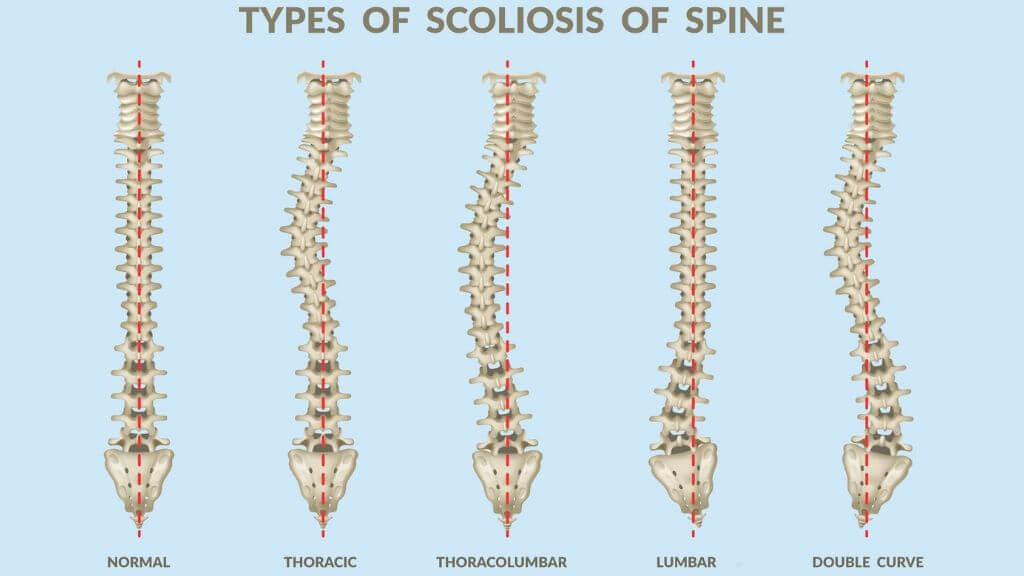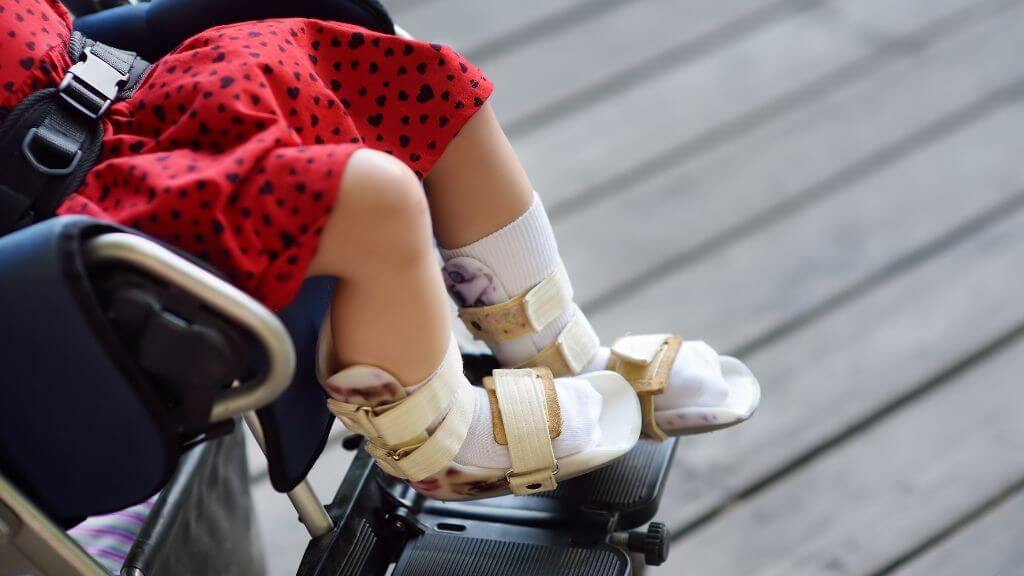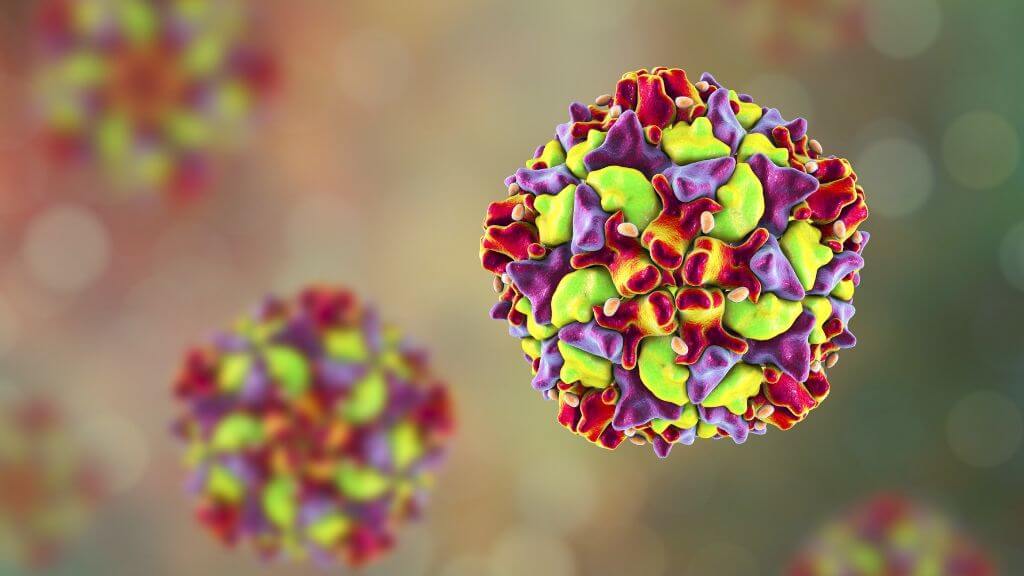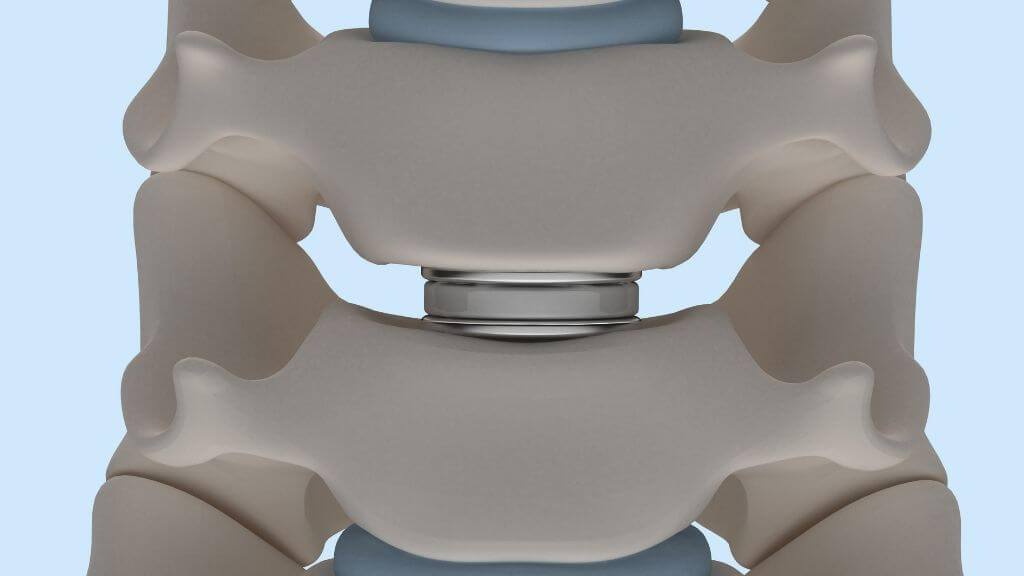Your spine consists of stacked vertebrae with discs in between. When viewed from the back, a healthy spine will run straight down the middle. From the side, you will notice a normal spine curve.
Abnormal curvature of the spine can be a serious health problem. The curves help to absorb stress from the body and gravity. Certain conditions and diseases can cause normal curvature to become maligned or exaggerated in places.
Scoliosis: The Most Common Spinal Curvature
A healthy spine curves slightly at the top of the shoulder with a small curve at the lower back. If your spine curves from side-to-side, then you have scoliosis.
Close to 80 percent of the scoliosis cases do not have an identifiable cause, but it is believed to be related to birth defects, genetics, and neurological abnormalities. The symptoms of scoliosis include:
♦ One-shoulder blade higher than the other
♦ Uneven hips
♦ A rotating spine
♦ Back pain
♦ Problems breathing as a result of reduced chest expansion
Scoliosis can be caused by cerebral palsy, muscular dystrophies, spina bifida, and spinal injuries or infections. The primary treatment options include bracing and surgery. Braces do not straighten the spine, but they can prevent the curvature from worsening.

Surgery is only used on those with curves greater than 45 to 50 degrees, and spinal fusion is the typical surgery used to treat scoliosis.
What Causes Your Spine to Curve?
Poor posture and vertebral misalignment can cause your spine to curve. Age can cause you to adopt a hunched posture as you get older. There are also several conditions that are known to cause abnormal curvature to the spine.
Basal Cell Nevus Syndrome
This is a group of defects caused by rare genetic conditions. The nervous system is largely affected, and the tell-tale symptom is a basal cell carcinoma. One of the common features of this condition is a tendency to develop a spinal problem, specifically scoliosis or kyphosis.
Paying attention to the curvature of your spine can help you identify this condition, as the symptoms may not be apparent until later. Your risk for cancer is high with this group of defects, but when caught early, the outlook is good. The abnormal curve of your spine could be the reason you catch this early enough for effective treatment.
Cerebral Palsy
This is a group of disorders that affect coordination and muscle movement. It is one of the most common causes of motor disabilities in children.
Variations in muscle tone are a common symptom of this disorder, and as a result, the spine can be adversely affected. Individuals with Cerebral Palsy also tend to favor one side of the body, which can result in leaning, which again impacts spinal curvature. Spinal deformities can develop with time, such as scoliosis, saddleback, and hunchback postures.

You are also at increased risk for osteoporosis, which can cause bone loss in the vertebrae and spinal compression or curves. Surgery can help relieve pain and improve mobility, but ultimately, physical therapy is the best approach for long term improvements.
Muscular Dystrophy
This inherited group of diseases damages and weakens your muscles over time. A vital protein called dystrophin is lacking, and because this is necessary for muscle function, muscles do not function properly. Besides trouble walking and loss of reflexes, poor posture and spinal curvature are common symptoms of muscular dystrophies.
There is no cure for these diseases, but treatments help you to manage your symptoms. Seeking immediate treatment can even slow the progression of the disease.
Polio
This is a highly contagious disease caused by a viral attack on your nervous system. Infection can result in complete paralysis, which is what prompted vaccinations to be developed.
Many regions in the world are now polio-free, but the disease still exists in several areas. Non-paralytic polio resembles the flu and lasts about ten days, but paralytic polio affects your spine and can cause spinal paralysis. As a result, you may see abnormal spinal curvature too.
Polio can be prevented by getting vaccinated, and it can be treated with medications, physical therapy, and rest.

Turner Syndrome
This is a genetic condition caused by an abnormality on one of your sex chromosomes, and only females develop this condition. There is no way to prevent Turner Syndrome, but with treatment and medical supervision, individuals can lead healthy lives.
One of the common medical problems associated with Turner Syndrome is scoliosis, and it can appear early in childhood or later in adolescence. People with Turner Syndrome are more at risk for other medical conditions, so regular checkups are required to help manage complications.
Treatment for a Curved Spine
Treatment is based on the severity and type of spinal curvature. Some mild cases may not need treatment at all, but more severe curvature can require back braces or surgery.
Medication can be prescribed to relieve pain and swelling, and exercises and physical therapy are often recommended to increase muscle strength. Stronger back muscles can help pull the vertebrae towards less exaggerated curvature.
If surgery is required, there are three main types:
1. Spinal instrumentation, which follows spinal fusion and involves hooks keeping realigned bones in place
2. Artificial disc replacement is when degenerated discs are replaced to help straighten the spine
3. Kyphoplasty is when a balloon is inserted into the spine and inflated to straighten it, which relieves pain from the compressed area.

Natural Treatment for Curved Spine
Some leading causes of a curved spine include inherited disease, infections, or poor posture. Medical treatment will be required for most cases of a curved spine. Some joint degeneration is common when the curve of the spine becomes abnormal, and there are natural treatments to relieve inflammation and pain associated with this.
Collagen: The ability to produce collagen decreases with age. If certain conditions or poor posture cause your spine to become curved, additional collagen can help. The natural loss of collagen makes your joints more susceptible to damage. Some forms of scoliosis are caused by the inability of a specific gene to produce a type of collagen. In these cases, taking supplemental collagen can help prevent abnormal curvature.
Longvida: Optimized curcumin is a natural and powerful pain reliever. Longivda provides this high-quality curcumin to reduce inflammation and pain associated with curved spine disorders. Curcumin reduces inflammation between spinal joints, which can reduce swelling and pain. This makes mobility and physical therapy more efficient.
Hyaluronic acid: This gel-like substance is found naturally in the body and cushion joints. Along your spinal cord, hyaluronic acid prevents discs from rubbing together. As spinal degeneration progresses, less of this is available. Supplements with hyaluronic acid can continue to protect the discs in your spine, as part of a treatment plan.
Natural Treatment for Curved Spine
Some leading causes of a curved spine include inherited disease, infections, or poor posture. Medical treatment will be required for most cases of a curved spine. Some joint degeneration is common when the curve of the spine becomes abnormal, and there are natural treatments to relieve inflammation and pain associated with this.
Collagen: The ability to produce collagen decreases with age. If certain conditions or poor posture cause your spine to become curved, additional collagen can help. The natural loss of collagen makes your joints more susceptible to damage. Some forms of scoliosis are caused by the inability of a specific gene to produce a type of collagen. In these cases, taking supplemental collagen can help prevent abnormal curvature.
Longvida: Optimized curcumin is a natural and powerful pain reliever. Longivda provides this high-quality curcumin to reduce inflammation and pain associated with curved spine disorders. Curcumin reduces inflammation between spinal joints, which can reduce swelling and pain. This makes mobility and physical therapy more efficient.
Hyaluronic acid: This gel-like substance is found naturally in the body and cushion joints. Along your spinal cord, hyaluronic acid prevents discs from rubbing together. As spinal degeneration progresses, less of this is available. Supplements with hyaluronic acid can continue to protect the discs in your spine, as part of a treatment plan.
Long-Term Outlook for Curved Spine
Imaging tests can determine for sure if you have a curved spine, and your doctor will run additional tests to identify the cause. With the appropriate treatment program and some lifestyle changes, such as regular exercise and practicing better posture, you can do your part to reduce abnormal curvature.
Underlying conditions that cause abnormal curve to the spine may not have a cure, but with treatment, you can reduce your pain and improve your quality of life.
Living with scoliosis can be a struggle, but depending on the severity of the curvature, the long-term outlook can be good. Mild to moderate cases will not interfere with your daily activities, but those with severe scoliosis may have several physical challenges. Scoliosis can be effectively managed, and it helps to seek a support group to share your experiences and troubles with it.






